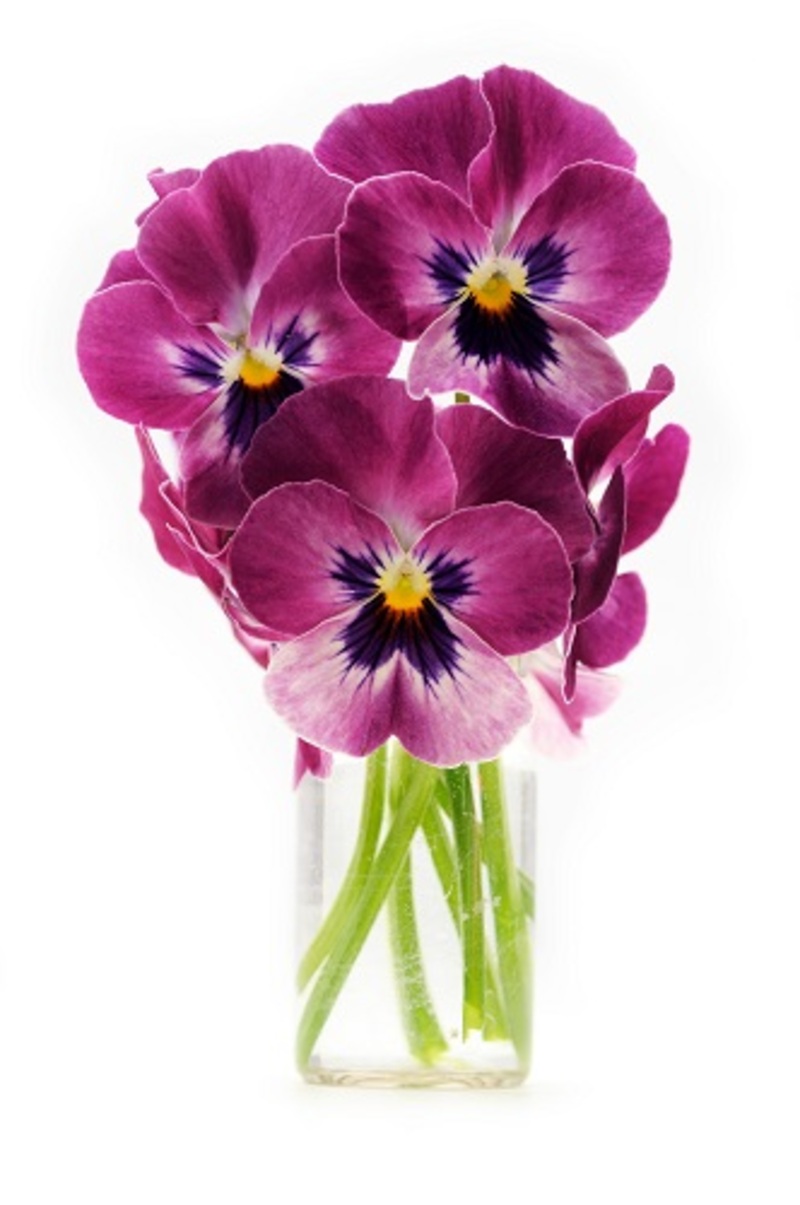Busting Myths About Flowers & Houseplants
Myth 1: Houseplants are Hazardous for Pets
This is a prevalent concern for pet owners who are aiming to keep their furry friends safe while also enjoying the aesthetics and benefits of houseplants. Although it is true that some plants, such as lilies, poinsettias, and philodendrons, can be toxic to pets, numerous pet-safe houseplants exist. Examples include spider plants, Boston ferns, and areca palms. To ensure safety, always research a plant's toxicity before adding it to your home and keep potentially harmful plants out of reach of pets.

Myth 2: Flowers and Houseplants Require Extensive Care
Another common misconception is that all flowers and houseplants demand constant attention and intricate care routines. While some species may be more demanding, there are plenty of low-maintenance options that can thrive with minimal effort. For instance, succulents, ZZ plants, and pothos require infrequent watering and can tolerate low light conditions. With a little research, you can find plants that fit your lifestyle and maintenance preferences.
Myth 3: Indoor Plants Don't Purify Air
The idea that houseplants can purify the air is a popular belief, but it's often met with skepticism. Studies, including the famous NASA Clean Air Study, have shown that certain plants can help remove toxins like formaldehyde and benzene from indoor air. While the purification effect might be more significant in controlled environments like space stations, having a variety of houseplants can still contribute to better indoor air quality. Plants like peace lilies, snake plants, and English ivy are particularly known for their air-purifying capabilities.
Myth 4: You Can't Grow Flowers Indoors
Many people believe that flowers are strictly for outdoor gardens and can't flourish indoors. This is far from the truth. Numerous flowering plants can thrive inside homes, provided they receive the right care. Orchids, African violets, and begonias are excellent examples of flowering plants that can add a splash of color to your interior spaces. Key factors to focus on are the right amount of light, adequate watering, and suitable temperature conditions.
Myth 5: Watering Daily is Necessary
The belief that houseplants and flowers need to be watered daily is a myth that often leads to overwatering, which can be detrimental. Overwatering can cause root rot, fungal issues, and ultimately kill the plant. Most houseplants and flowers do not need daily watering; instead, they thrive with watering schedules that depend on the specific plant species, the environment, and the season. It's crucial to understand the watering needs of each plant. Checking the soil moisture before watering can help prevent overwatering.
Myth 6: Plants Cannot Survive in Low Light
The myth that plants need abundant natural light to survive deters many from keeping indoor plants, especially those without ample sunlight in their living spaces. Though most plants do rely on light for photosynthesis, several species are well-adapted to low-light conditions. The snake plant, ZZ plant, and various ferns are the perfect options for spaces with limited light. Even if a room has no natural light at all, some plants can still thrive under artificial lighting sources like LED grow lights.
Myth 7: Misting Plants is Essential
Misting plants to increase humidity is a common practice among plant enthusiasts, but it's not always necessary and can sometimes do more harm than good. While some tropical plants may benefit from a slightly more humid environment, regular misting can promote mold growth and pest issues. Alternatives to misting include using a humidifier, placing plants on a pebble tray with water, or grouping plants together to naturally raise humidity levels.
Myth 8: All Plants Have the Same Soil Needs
The idea that all plants can thrive in regular potting soil is widely believed but far from accurate. Different plants have specific soil requirements that cater to their natural habitats. For example, cacti and succulents need well-draining soil, while ferns and tropical plants prefer a more moisture-retentive mix. Understanding the unique needs of each plant can make a significant difference in their health and growth.

Myth 9: Fertilizer is Not Necessary
Another common misconception is that houseplants do not need fertilization. However, just like outdoor plants, houseplants also require nutrients to grow well. Over time, the nutrients in the soil can get depleted, and supplemental feeding becomes necessary. Using the right type of fertilizer in the recommended amounts during the growing season can help your plants thrive. Always read the instructions and avoid over-fertilizing, which can harm the plant.
Conclusion
Flowers and houseplants add an incredible amount of value to our lives, offering aesthetic, health, and psychological benefits. Dispelling these common myths allows us to care for our plants more effectively, ensuring they thrive and adorn our spaces beautifully. Whether you're a seasoned plant parent or a budding enthusiast, understanding the science and facts behind plant care can help you cultivate a green sanctuary in your home.

